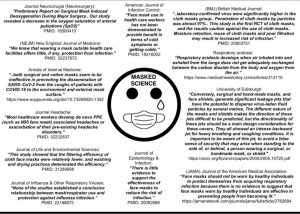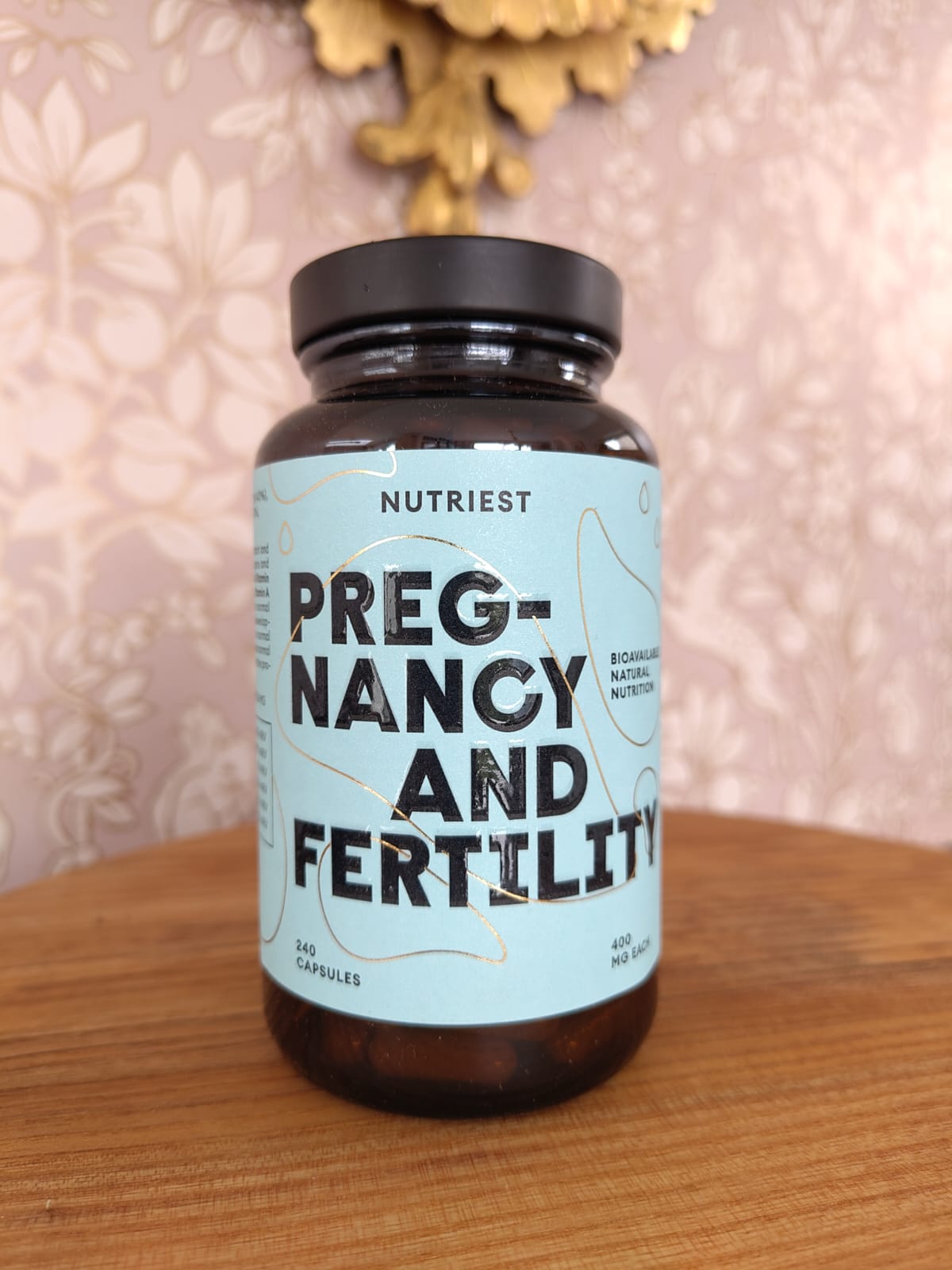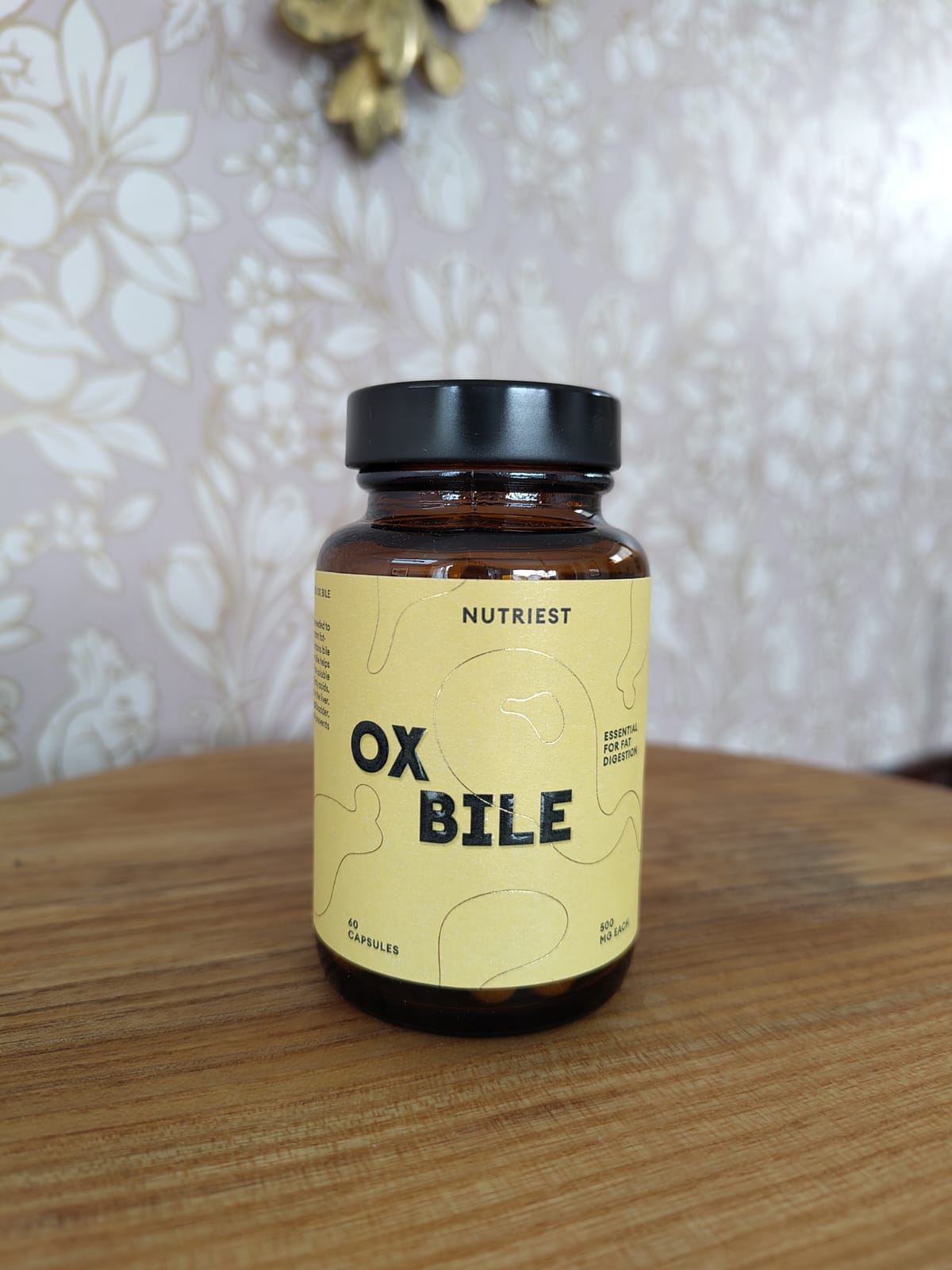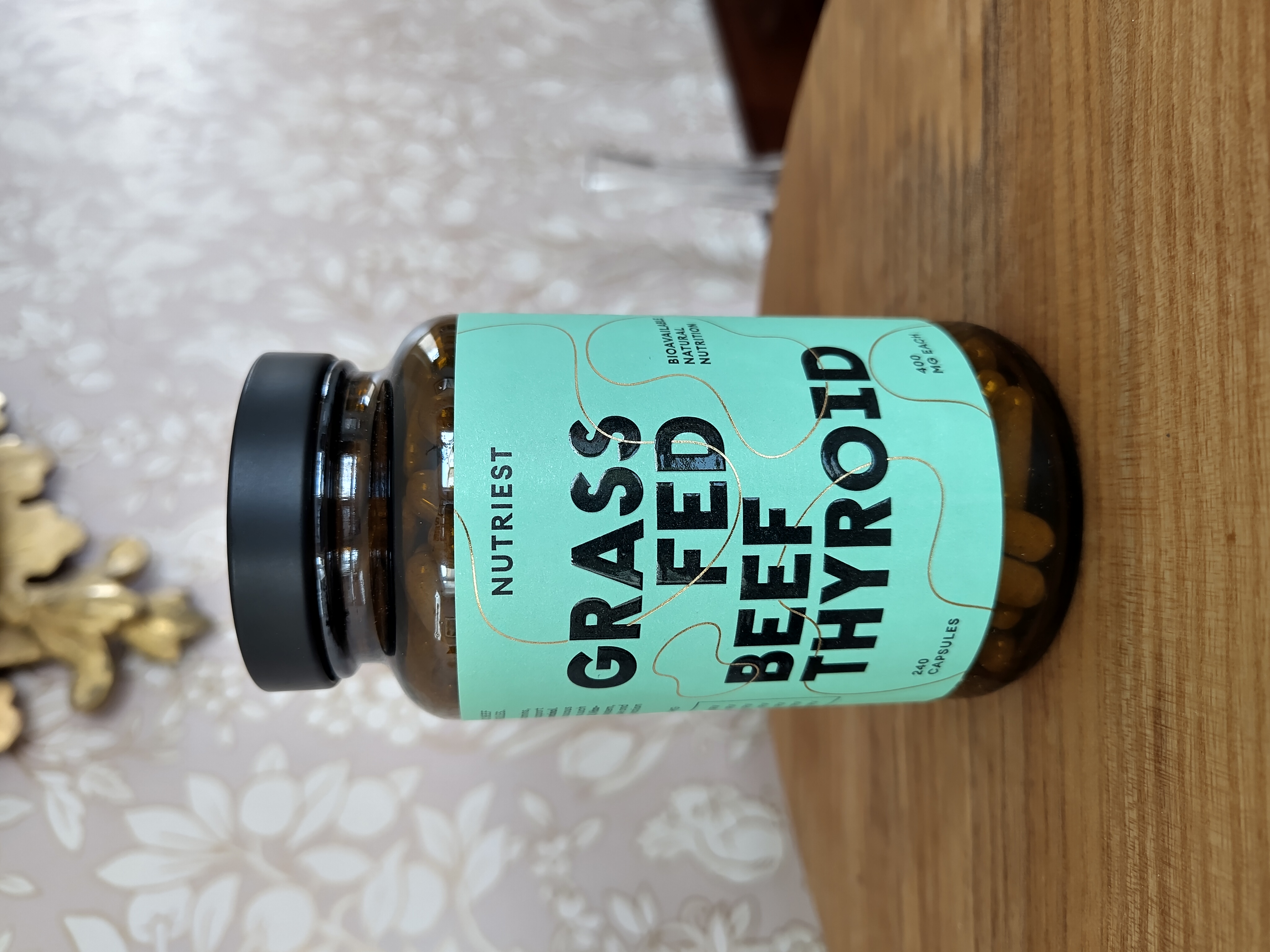Wearing a face mask is inherently dangerous, there are no two ways about it. We all learnt what happens when we inhale and exhale in school, we learnt the importance of getting oxygen into our lungs and the importance of eliminating carbon dioxide (CO2). Wearing a mask reduces the intake of oxygen and increases re-uptake of carbon dioxide, this is not rocket science, it is elementary biology.
The fancy terms for oxygen depletion and excess CO2 are hypoxia and hypercapnia respectively. Wearing a mask for 5 or 10 minutes a couple of times a week will most likely not have a detrimental impact on your health, especially if you are fairly healthy and ensure you breathe deeply for several minutes after removing the mask (pilates anyone? 
Let’s have a look at what happens when we inhibit this most basic of human functions, inhalation of oxygen and exhalation of CO2.
- We need healthy respiration to support our immune system, an internal hypoxic environment will supress the ability of our immune system to mount an appropriate defence. If you have been wearing a mask regularly for a number of weeks and come in contact with a pathogen like COVID-19 (or another virus or bacteria) your immune system will be LESS ABLE to produce the immune cells needed to stop it replicating and making you ill.
- Mask wearing forces people to breathe more deeply to get enough oxygen in, your body is being starved of oxygen and is doing what it can to rectify the danger. This can drive a virus or bacteria deeper into your lungs making it harder for your immune system to eliminate and increasing the risk of serious illness.
- Cancers, particularly tumours thrive in anaerobic environments, that is environments without oxygen. A healthy body with a robust immune system regularly identifies and neutralises rogue cells which may be cancerous, mask wearing will supress this important activity.
- Hypoxia is a stressor to all our systems (cardiovascular, digestive, brain etc) and triggers an inflammatory response. This stress on our organs can also increase the growth and spread of cancer as well as increase the risk of a cardiovascular event like a stroke or heart attack.
- So what about hypercapnia? Here is a list of the mild symptoms
- Dizziness and drowsiness
- Headaches and excessive fatigue
- Shortness of breath, feeling disorientated
- Flushing of the skin
And the severe ones:
- Loss of consciousness, coma
- Confusion, depression, paranoia, panic attacks
- Hyperventilation, muscle twitching
- Irregular heartbeat, seizures
Some people are pointing to Asian countries where face mask wearing has become pretty common place (at least in the pictures and videos we see). I found it very interesting that in countries like Japan it’s not actually done for presumed health reasons, as this video by Computing Forever explains, they are often fashion accessories. More often than not though young people are wearing them to avoid interacting with others when they are out, or by girls looking to avoid unwanted attention, a sad state of affairs in any society…
We’re being told wearing a face mask will help slow the spread of COVID-19, this information is not based on robust trials where mask wearing cohorts quelled the spread of the virus, it’s actually not based on any science whatsoever (just like the theory when lockdown started that children were passing the virus to adults despite ANY evidence AT ALL that this was the case). Where trials have actually been conducted the results for face mask wearing have been pretty dire.
This randomised control trial compared cloth masks to surgical masks and found cloth masks are pretty useless at preventing the spread of viruses, penetration by particles was 97%!!! compared to 44% in medical masks (still a pretty high figure). In the discussion the authors say this: “The physical properties of a cloth mask, reuse, the frequency and effectiveness of cleaning, and increased moisture retention, may potentially increase the infection risk for HCWs. The virus may survive on the surface of the facemasks, and modelling studies have quantified the contamination levels of masks. Self-contamination through repeated use and improper doffing is possible. For example, a contaminated cloth mask may transfer pathogen from the mask to the bare hands of the wearer. We also showed that filtration was extremely poor (almost 0%) for the cloth masks. Observations during SARS suggested double-masking and other practices increased the risk of infection because of moisture, liquid diffusion and pathogen retention.” (emphasis mine).
Finally, this is a great infographic:

Please resist the pressure to wear something that is damaging to your health. You are not protecting anyone, one of the best things people can do at the moment to boost their immune system is get out in the sunshine, and if you’re brave enough, go for a swim 
I have written two previous blogs on steps we can take to support our immune system you can read them here and here.




